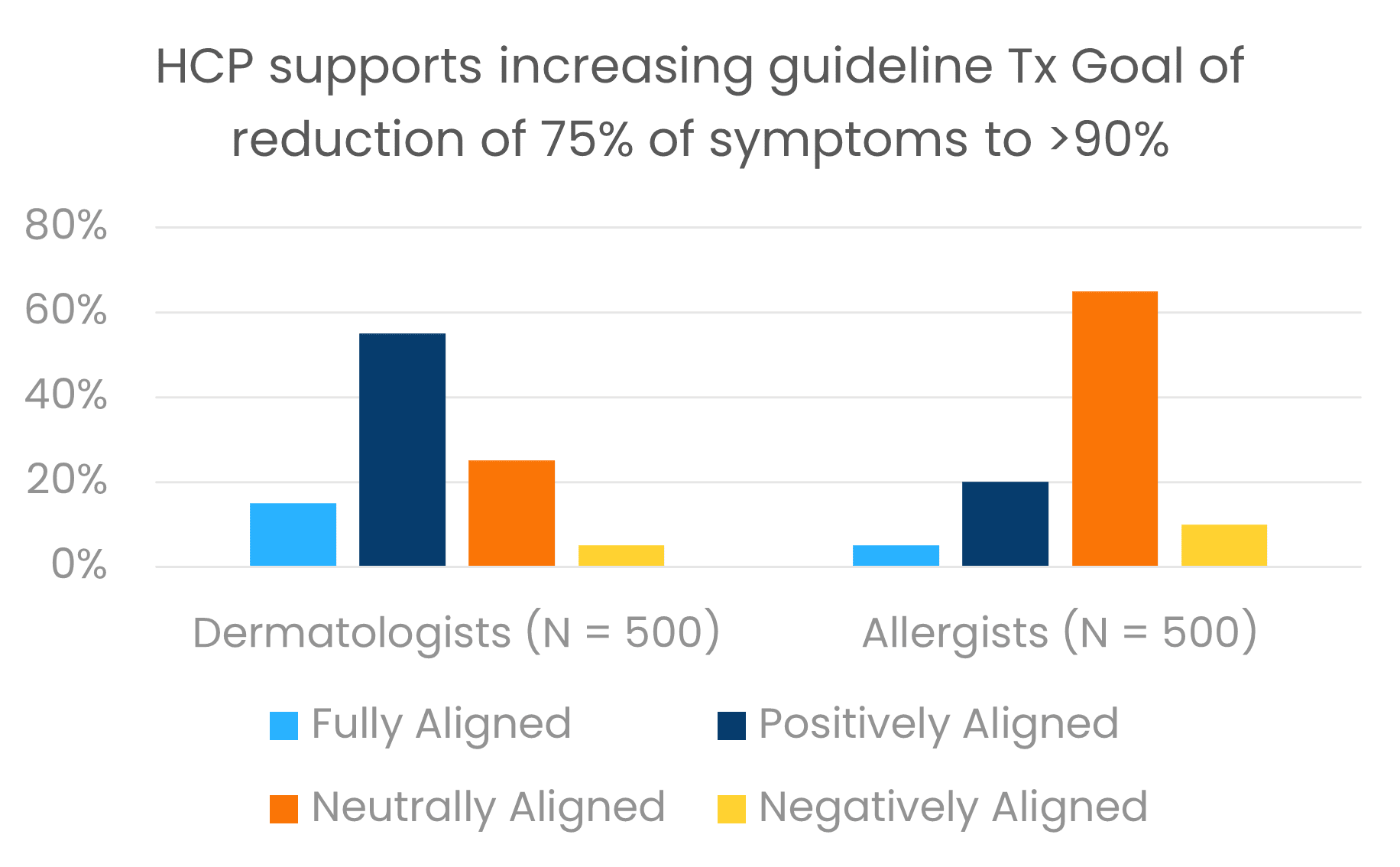In a rapidly evolving pharma world, the role of Medical Affairs is more crucial than ever. Yet, showcasing the value of medical affairs teams continues to be a challenge. During our recent virtual workshop, How To Demonstrate and Communicate the Impact of Your Medical Affairs Team, Linda Traylor, VP of Medical Excellence at Acceleration Point, and Renu Juneja, Head of Clinical Operations Program Management at Johnson & Johnson Innovative Medicine, shared insights on how Medical Affairs teams can better articulate their contributions across their organization.
Here are several key takeaways from the session and practical strategies for Medical Affairs professionals to enhance their impact.
Understanding the Challenges of Communicating Impact
One of the primary challenges in Medical Affairs is quantifying the impact of activities that are inherently qualitative. As Linda Traylor pointed out, “We’re always trying to fit that square peg into a round hole when it comes to forcing those activity-driven metrics to tell our impact story.”
The conventional approach of relying on metrics such as the number of publications or the volume of HCP interactions falls short of truly reflecting the strategic value Medical Affairs brings to the organization. Medical affairs teams need to move from sharing data on activities to showcasing true impact.
Moving Beyond Traditional KPI’s
The workshop highlighted the necessity of defining impact in a way that transcends mere activity metrics. According to Linda, the key is to “start with the end in mind.” This involves clearly defining the desired clinical behaviors and the beliefs that underpin them, then mapping these to specific actions that Medical Affairs can influence.
For instance, Linda explained that it’s not just about increasing the number of interactions with healthcare professionals (HCPs), but rather understanding and shifting the beliefs that drive their clinical decisions. This requires a structured approach to quantifying mindsets and beliefs, which can then be tracked over time to measure progress.

“In order to impact beliefs, we are going to have that scientific exchange to raise awareness so that we can assess the belief. So there is a process, a story, a narrative that gets us to impacting patient lives through understanding the clinical behaviors we care about, the beliefs behind them, and our ability to increase their awareness.”
Linda Traylor
The Power of a Scientific Narrative
A critical element in communicating impact and demonstrating value is the development of a compelling scientific narrative. If Medical Affairs teams desire to influence HCPs to adopt a new treatment guideline, it’s essential first to establish whether they believe there’s a significant unmet need. The narrative must then be crafted to shift this belief in a way that leads to the desired clinical behavior. This narrative should be tailored to the target audience, addressing the specific data points and outcomes that matter most to them.
“If we don’t know that why, then we won’t be able to change that belief.”
Renu Juneja
Building a Value Story
The culmination of this process is creating a value story that ties together the contributions of various Medical Affairs activities to the overarching impact on patient care. Linda and Renu discussed the importance of presenting this story in a clear, visual format that resonates with senior leadership immediately.
This value story should be supported by robust data and should clearly demonstrate how Medical Affairs activities are driving changes in HCP beliefs and behaviors. For example, if the goal is to increase the adoption of a new treatment, the story should illustrate how Medical Affairs efforts have shifted HCP beliefs and how this has led to increased prescription rates or better patient outcomes.

“It shouldn't take more than 30 seconds for the viewer to understand what you are talking about. If they are really looking at it, confused, and it takes them minutes to figure it out, your data is not visual enough, it's not clear enough, it's not impactful enough.”
Renu Juneja
How Acceleration Point Can Help
Communicating the impact of Medical Affairs is a complex but essential task. By focusing on the end goal, defining clear impact measures, and building a compelling scientific narrative, Medical Affairs teams can craft a value story that resonates with senior leadership and demonstrates their critical role in improving patient outcomes.
The strategies discussed in this webinar provide a roadmap for telling that story more effectively, ensuring that the value of Medical Affairs is recognized and appreciated at all levels of the organization.
At Acceleration Point, we’re focused on arming your team to make the most of your Medical Affairs efforts. Learn more about our Medical Excellence Services or click here to schedule a meeting with our team.
Click here to receive the full recording of our workshop on showcasing the impact of Medical Affairs.

